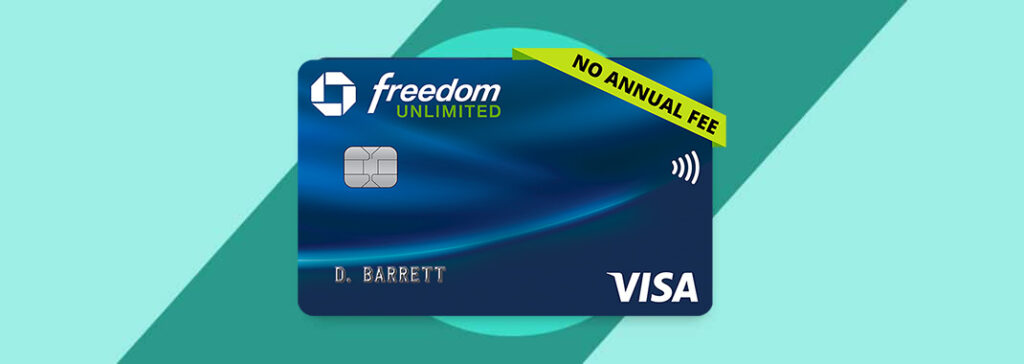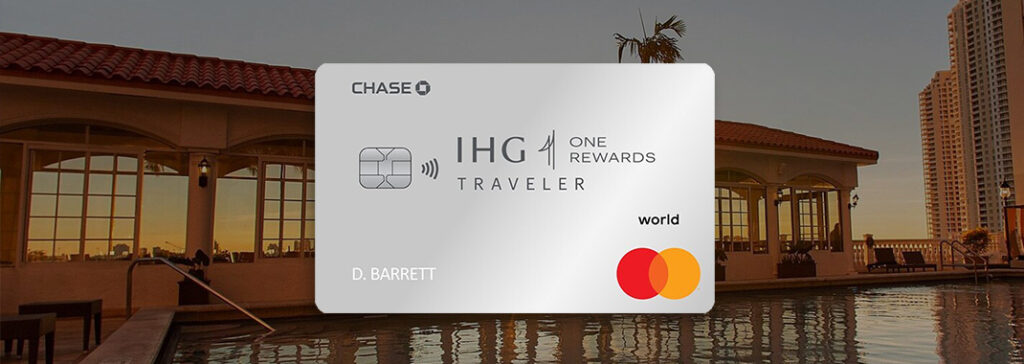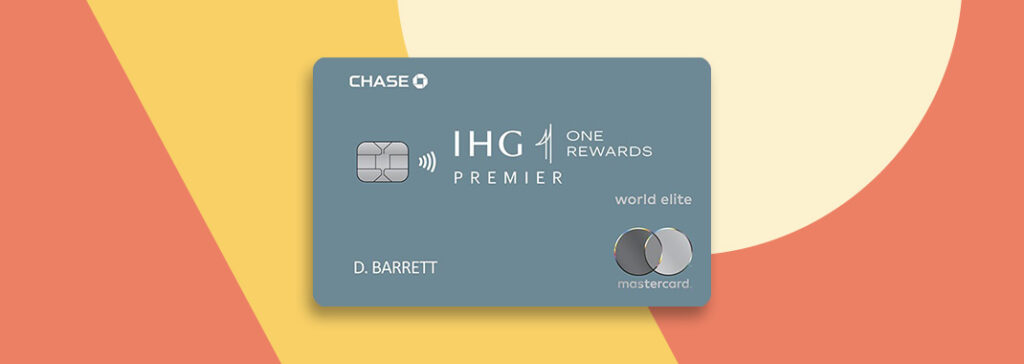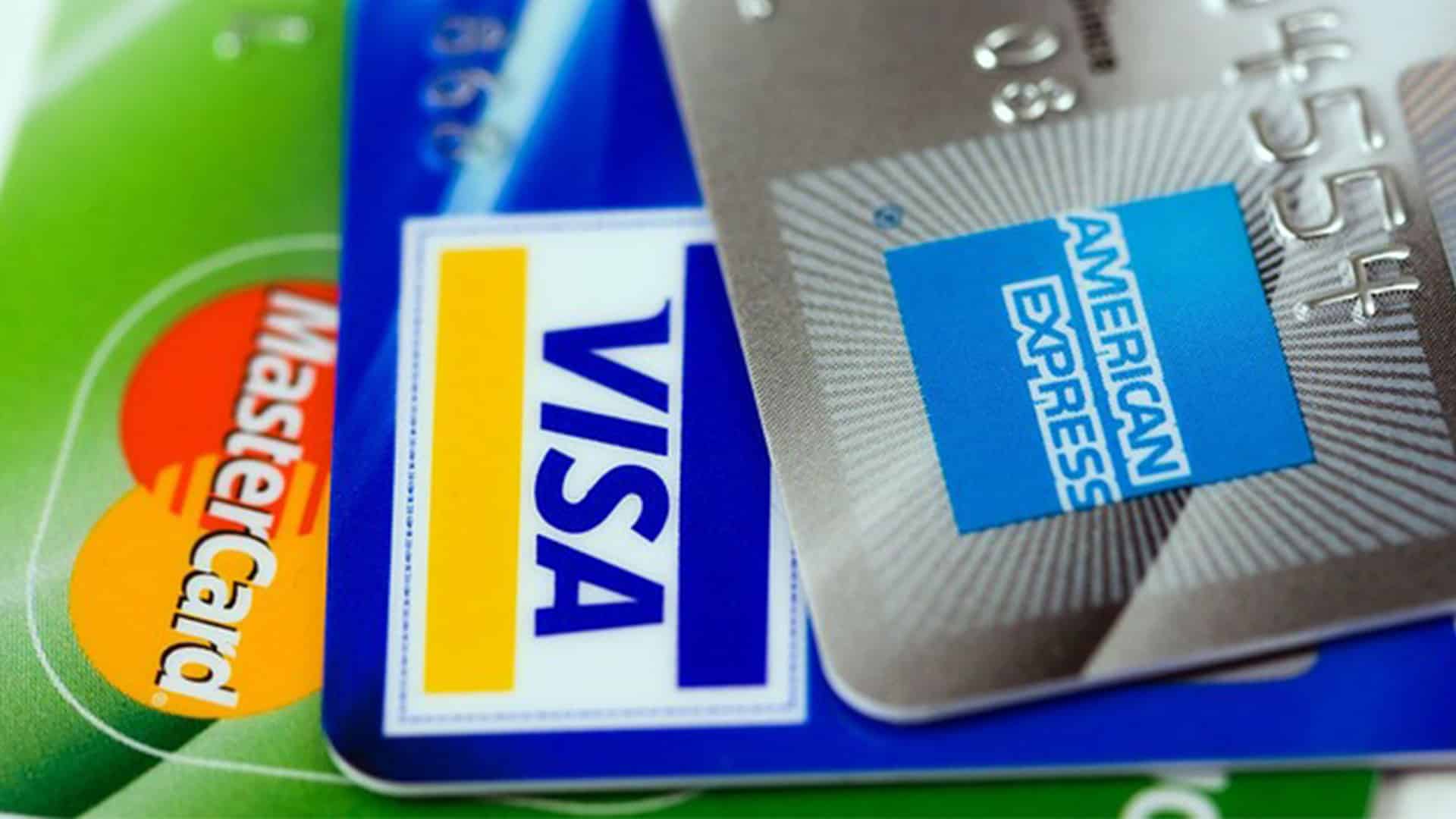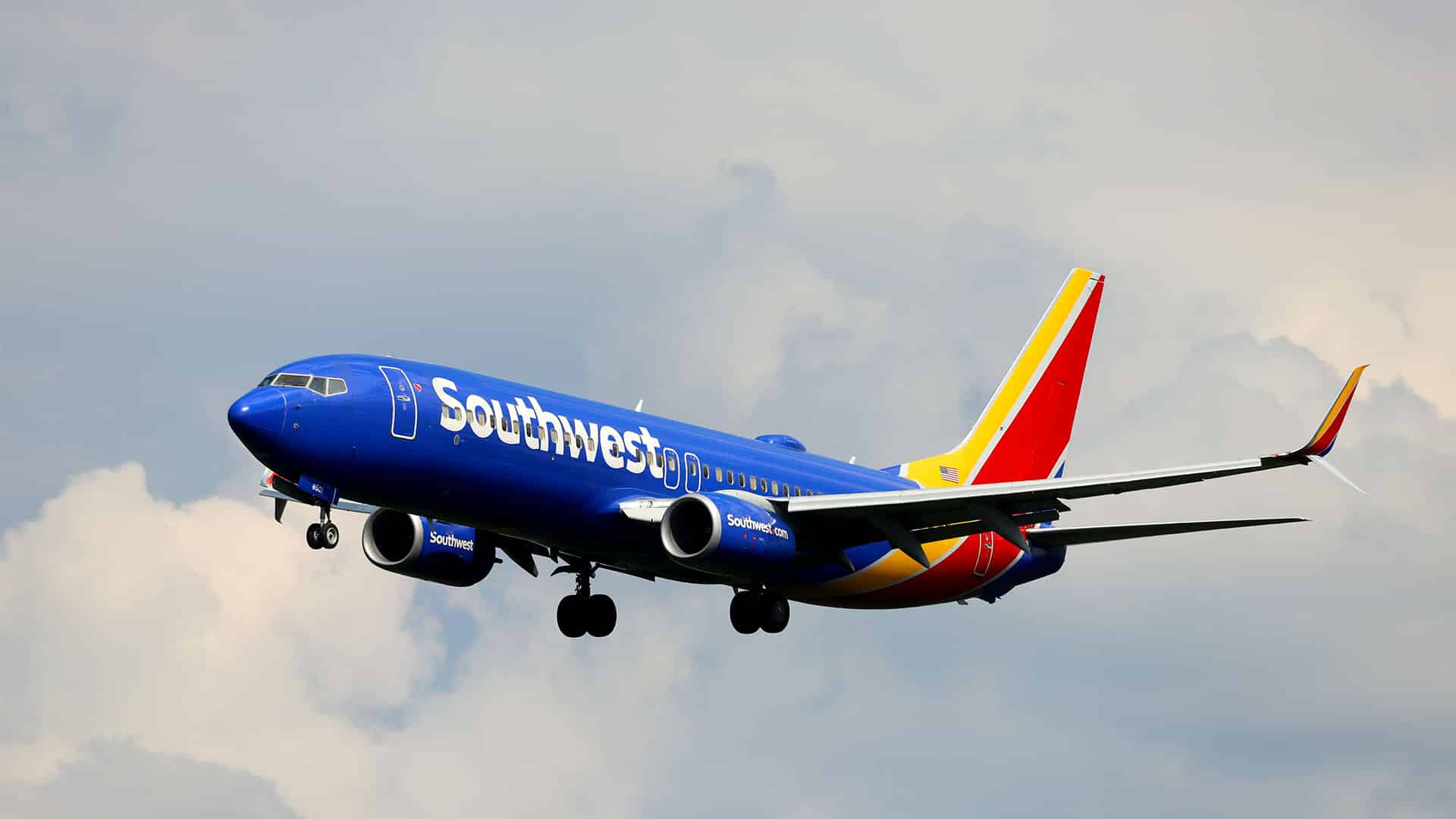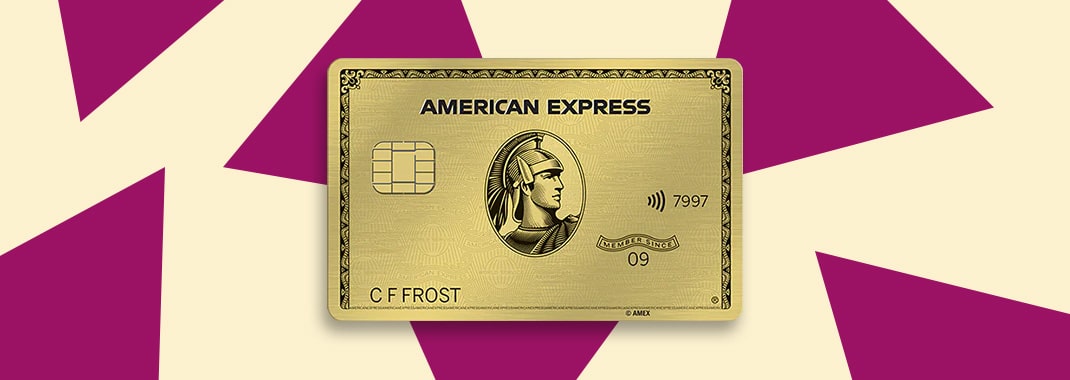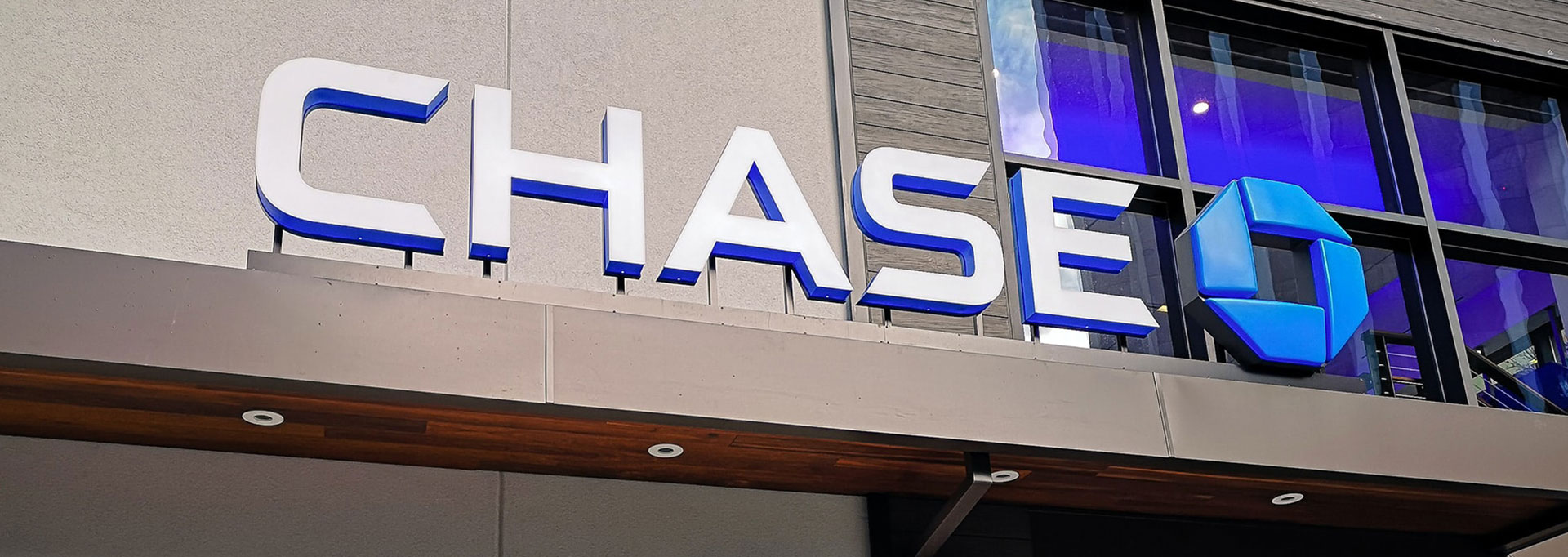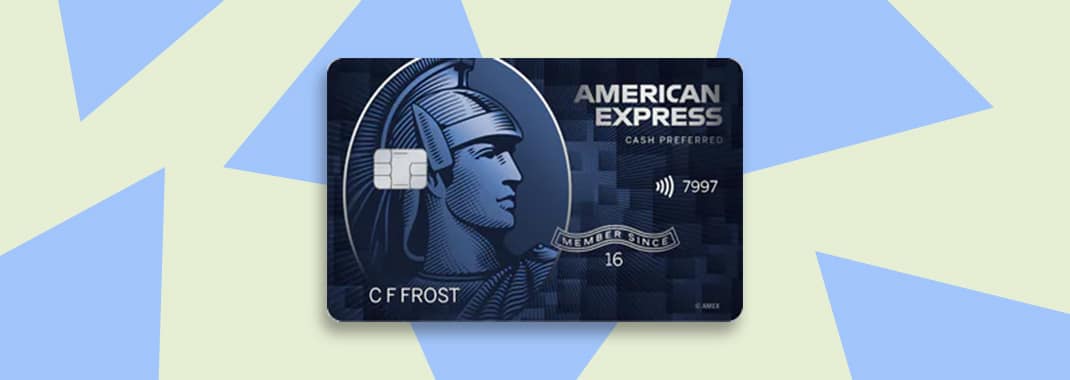Most products on this page are from partners who may compensate us. This may influence which products we write about and where and how they appear on the page. However, opinions expressed here are the author's alone, not those of any bank, credit card issuer, airline or hotel chain.
Travel credit cards are gaining in popularity for their travel perks and substantial welcome offers. Savvy travelers routinely leverage credit card welcome bonuses to travel the world for pennies on the dollar. With some bonus offers as high as 250,000 points, it’s possible to finance extravagant first-class seats and luxury resorts entirely on points. But there are limitations.
Card issuers have to protect their bottom line, which is why many have introduced credit card application rules to restrict the number of welcome bonuses applicants can get. Knowing these rules can help you create an effective application strategy and ensure you don’t miss out on the next big welcome bonus.
Here’s a comprehensive guide to the various rules imposed by American Express, Barclays, Capital One, Chase, Citi and Wells Fargo.
American Express
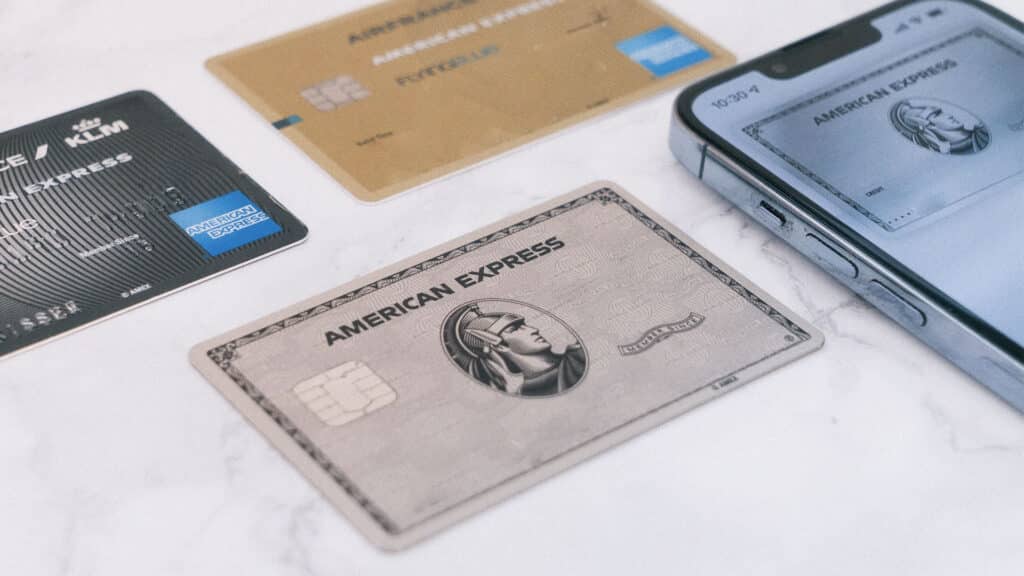
American Express is perhaps the strictest card issuer, due mainly to its once-per-lifetime rule. Card members are also limited in the number of cards they can apply for within 90 days and keep open. Because of these rules, it’s best to hold off on applying for an American Express card until you’re offered the highest bonus possible.
American Express offers some of the best rewards cards on the market and partners with travel companies like Marriott Bonvoy® to issue an impressive array of co-branded Delta SkyMiles® and Marriott Bonvoy cards. In short: They’re well worth the holdout and often worth keeping long term.
Five-Card Limit
Before you apply for a new American Express card, a quick headcount is in order. American Express generally won’t approve you for a new card if you already have five open cards. This rule only applies to charge cards.
If you’re looking to acquire a new Amex® card, keep in mind that you may not get approved unless you swap out another card from your wallet. Considering the once-per-lifetime rule, it’s unlikely you’ll have that many Amex cards open simultaneously.
Once-Per-Lifetime Rule
Amex’s once-per-lifetime rule is perhaps the most well-known application restriction. It’s pretty much what it sounds like: American Express won’t let you earn the same welcome offer twice. Ideally, you should hold out for the highest bonus possible for each credit card. But where there’s a rule, there’s an exception and that applies here, too.
Sometimes, American Express will send out targeted offers that exclude this restrictive language. If you receive an offer in the mail or email for a credit card you’ve earned a welcome offer for in the past, then it’s worth checking the terms and conditions for this language. You might score a second welcome offer and give your Membership Rewards® balance a nice boost.
Quick Tip
If you’re unsure whether you qualify for an American Express welcome bonus, go to the application page and start filling out the information. A message will pop up, notifying you if you’re ineligible.
Two-Card Limit Within 90 Days
While American Express allows you to have multiple cards, you won’t qualify for more than two Amex cards within 90 days. Be sure to time your applications accordingly to avoid rejection.
Bank of America

Bank of America has a relatively small line-up of co-branded credit cards that generally top out at 50,000 points or fewer. Still, you’ll find it worthwhile to familiarize yourself with the card issuer's rules in case you want to obtain a card like the Alaska Airlines Visa® credit card.
2/3/4 Rule
Bank of America used to be pretty lax when approving multiple credit card applications. The card issuer got stricter when people began abusing this generosity by applying for multiple cards per day. Nowadays, the issuer has more stringent credit card application rules:
- Two cards in two months
- Three cards within 12 months
- Four cards within 24 months
3/12 Rule
Bank of America took a page out of Chase’s book with the 3/12 Rule. If you’ve applied for more than three credit cards from any card issuer within 12 months, you won’t get approved for a card. Business cards generally don’t count toward the three-card limit, giving you a little more leeway.
This rule differs from the 2/3/4 rule because it applies to credit card applications across all issuers. You’ll want to factor this into your overall credit card strategy to improve your approval odds. One way to do this is by applying for a Bank of America credit card before others, so you’re within that 3/12 qualification window.
24-Month Rule
Some cards have language in their terms and conditions, stating you’re ineligible if you’ve had it in the last 24 months.
Some co-branded cards, like the Free Spirit® Travel More World Elite Mastercard® and Allegiant World Mastercard®, don’t have the same language in the terms and appear exempt from this rule. Regardless, you should check the terms of any card before applying.
Barclays
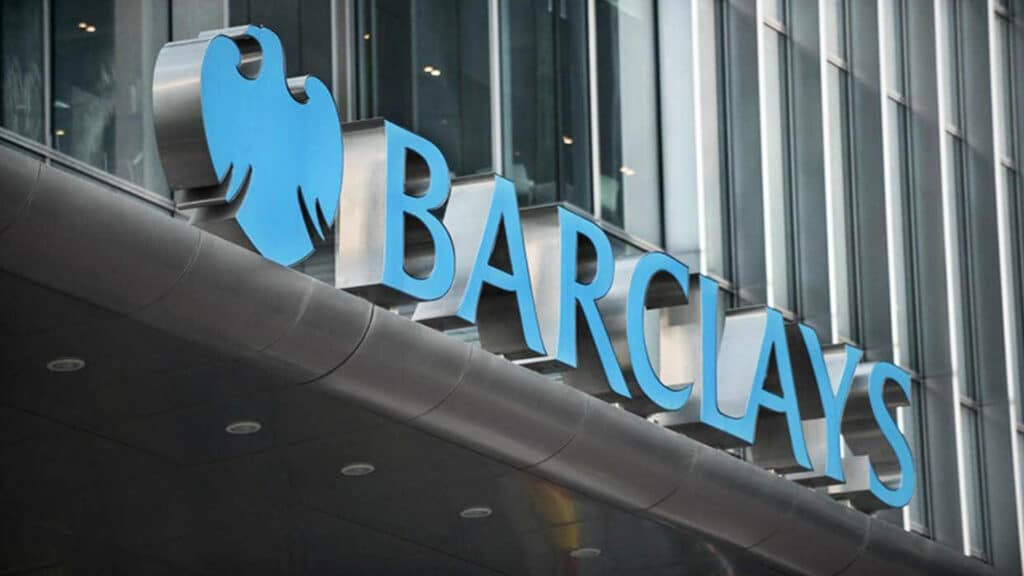
Barclays keep its credit card application rules pretty simple. There’s a rule governing approvals based on the number of cards you’ve had and a waiting period between card applications.
Barclays has a pretty extensive credit card line-up comprising attainable welcome bonuses. For example, the AAdvantage® Aviator® Red World Elite Mastercard®‘s 60,000-mile welcome bonus is issued after just one purchase.
With reasonable spending requirements on cards like the JetBlue Plus and Hawaiian Airlines® World Elite Business Mastercard®, knowing Barclays’ application rules can help you secure substantial welcome bonuses without worrying about meeting large spending requirements.
6/24 Rule
Under Barclays’ 6/24 rule, you won’t be approved for a new card if you’ve opened six or more in the last 24 months. It’s similar to the Chase 5/24 rule in that it applies to accounts across every card issuer.
Wait Between Applications
If you close a Barclays credit card account and want to reapply, you’ll have to wait between 6-24 months. Most Barclays cards, like the Aviator Red, also contain the following language, which is worth noting: “This one-time offer is valid for eligible cardmembers. You may not be eligible for this offer if you currently have or previously had an account with us in this program.”
The language is pretty vague and not consistently enforced. You’re somewhat rolling the dice when applying for a card you’ve previously had. So just be prepared for that and have a backup plan if it doesn’t work out.
Capital One

Capital One doesn’t have any published application rules, but many reports indicate a pattern: Capital One generally won’t let you have more than two personal cards open at a time. Business cards seem to be exempt.
Capital One is the only card issuer in this guide that pulls from all three credit bureaus. The extra credit hits are easier to justify if you keep the cards long-term.
Restrictions for Existing and Previous Cardholders
Select Capital One cards contain language stating, “The bonus may not be available for existing or previous account holders.”
The Spark cards have slightly different language, specifying, “The bonus may not be available for existing or previous Spark cardholders.” Again, enforcement isn’t consistent and your approval may depend on other factors.
Chase
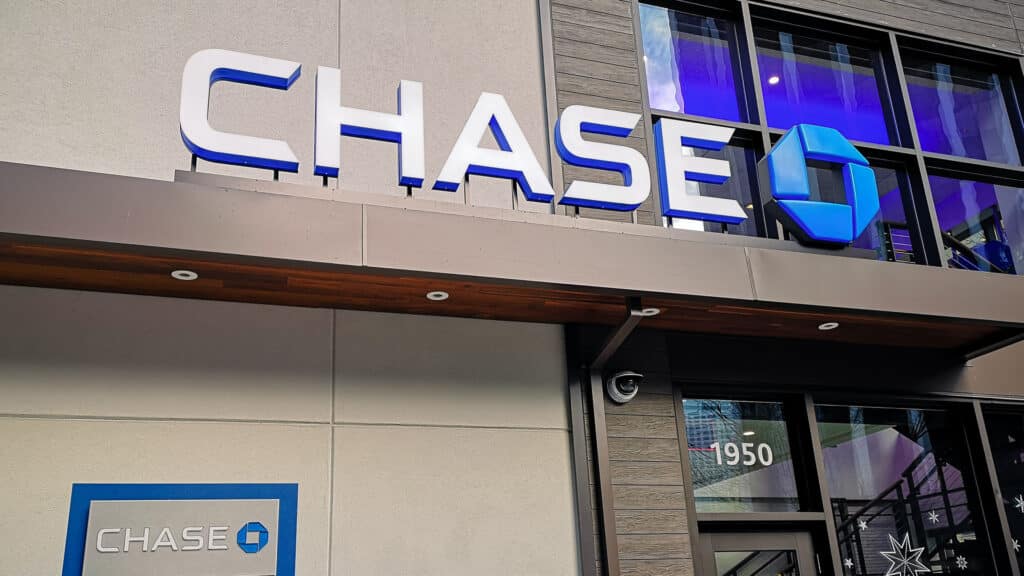
Chase has a more restrictive rule than American Express regarding the number of cards you can get approved for. Chase doesn’t limit the number of cards you can have open, but rather the amount of total credit. So if you’re rejected for a card because Chase won’t extend more credit to you, then consider calling and asking if they’ll move part of an existing credit limit to the new card. That way, you can get the approval you need and Chase won’t have to increase your overall credit limit.
5/24 Rule
Under the Chase 5/24 rule, you won’t be approved for a Chase card if you’ve opened five or more credit accounts over the last 24 months. The rule applies across all issuers, not just Chase.
You have to wait for at least one of those card opening dates to fall under the 24-month timeframe before Chase will approve you for a card. It’s worth noting that authorized user cards also count toward 5/24.
The good news is that not all business cards count toward the 5/24 limit. This includes the Capital One Spark cards.
Because of the popularity of Chase cards, the best strategy is to apply for the Chase card you want before any others. That way, you avoid the pitfalls of the Chase 5/24 rule and give your rewards balance a significant boost with a generous sign-up bonus.
Two Cards Within 30 Days
Once you’ve cleared the hurdle of the 5/24 rule, you might be tempted to sign up for several new Chase cards. We don’t blame you – Chase has some of the most valuable rewards cards on the market. However, you generally won’t be approved for more than two Chase cards within 30 days. So keep this in mind when timing your Chase applications.
Citi
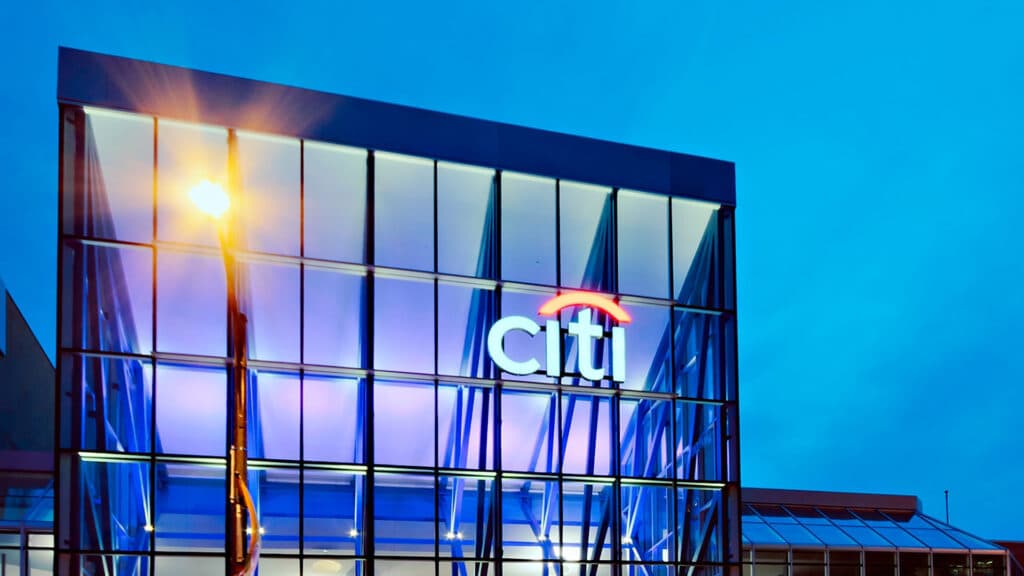
Citi has a slim line of rewards cards open to new applicants, but they certainly pack a punh.
24 and 48-Month Rule
Citi won't approve you for the same card more than once per 24 months.
Citi imposes more restrictions on AAdvantage cards. You won’t get approved for a card like the if you’ve earned the sign-up bonus or closed the card in the past 48 months. If you don’t qualify for an AAdvantage card under this rule, you can opt for a Barclays Aviator Red card.
One Card Every Eight Days, Two Cards Every 65 Days
You won’t be approved for more than one card every eight days or more than two every 65 days. This isn’t as restrictive as Amex’s two-in-90 days rule, but it’s worth noting if you plan to apply for multiple cards in a short timeframe.
Wells Fargo

Wells Fargo doesn’t have a huge card lineup, so it’s understandable that their rules are lax. Other than the following disclaimer on their card promotion pages, the issuer doesn’t restrict welcome offers: “You may not qualify for an additional Wells Fargo credit card if you have opened a Wells Fargo credit card in the last six months.”
How to Check the Number of Cards You’ve Opened
With every card issuer restricting the number of credit card inquiries you can have within a certain time period, you’re probably wondering how you can check your eligibility. After all, if you’re heavy into points and miles, you may be applying for dozens of cards and not tracking them over the years.
A simple method of checking the number of credit cards you’ve opened is by using a free third-party credit monitoring tool like Credit Karma or Experian. As an added bonus, you can also track your credit score with these tools.
Ideal Credit Card Application Sequence
With so many card issuer rules in place, you might wonder what the ideal credit card application sequence looks like. While that ultimately comes down to your card preference, these application rules should certainly be factored in. After all, you don’t want to obtain three cards in succession before applying for a Bank of America card and getting rejected.
With the various time limits in mind, here’s one application sequence that could work well:
- Bank of America: Because of the 3/12 rule, you’ll want to get your Bank of America application in early.
- Chase: Chase’s 5/24 rule will prohibit you from getting a Chase card if you’ve opened five accounts in 24 months. Getting your Chase card application in early will reduce the chances of rejection and score the coveted Sapphire cards before you become ineligible.
- Capital One: Capital One pulls your credit from all three agencies. Because you want to minimize credit inquiries at the start (to comply with Bank of America and Chase’s rules), it’s best to hold off on Capital One applications until the end.
- Barclays: Barclays' 6/24 rule is more lenient than Chase and Bank of America. You’ll want to strike while the iron is hot if a good offer comes around. If not, the 24-month period (and six card openings) will give you plenty of time to work in a Barclays card if you want to.
- Citi: The issuer doesn’t restrict approvals based on the number of credit cards you open with other banks. With this flexibility, you should get a Citi card whenever a good offer appears (assuming you’re within the qualifying period in between applications).
- American Express: Since you can only get an Amex welcome bonus once, we recommend holding out for the highest welcome offer on each card. Don’t rush it—you’re playing the long game with Amex and patience will pay off. You might even get pre-approved, in which case you should ignore this order and go for it.
Bottom Line
With so many credit card application rules, determining your eligibility for a new card might be confusing. By referring to this guide and using a simple credit tracking tool, you can stay informed and increase the odds of getting approved. Maintain a good credit score and you’ll keep earning thousands of points and traveling at a substantial discount.

